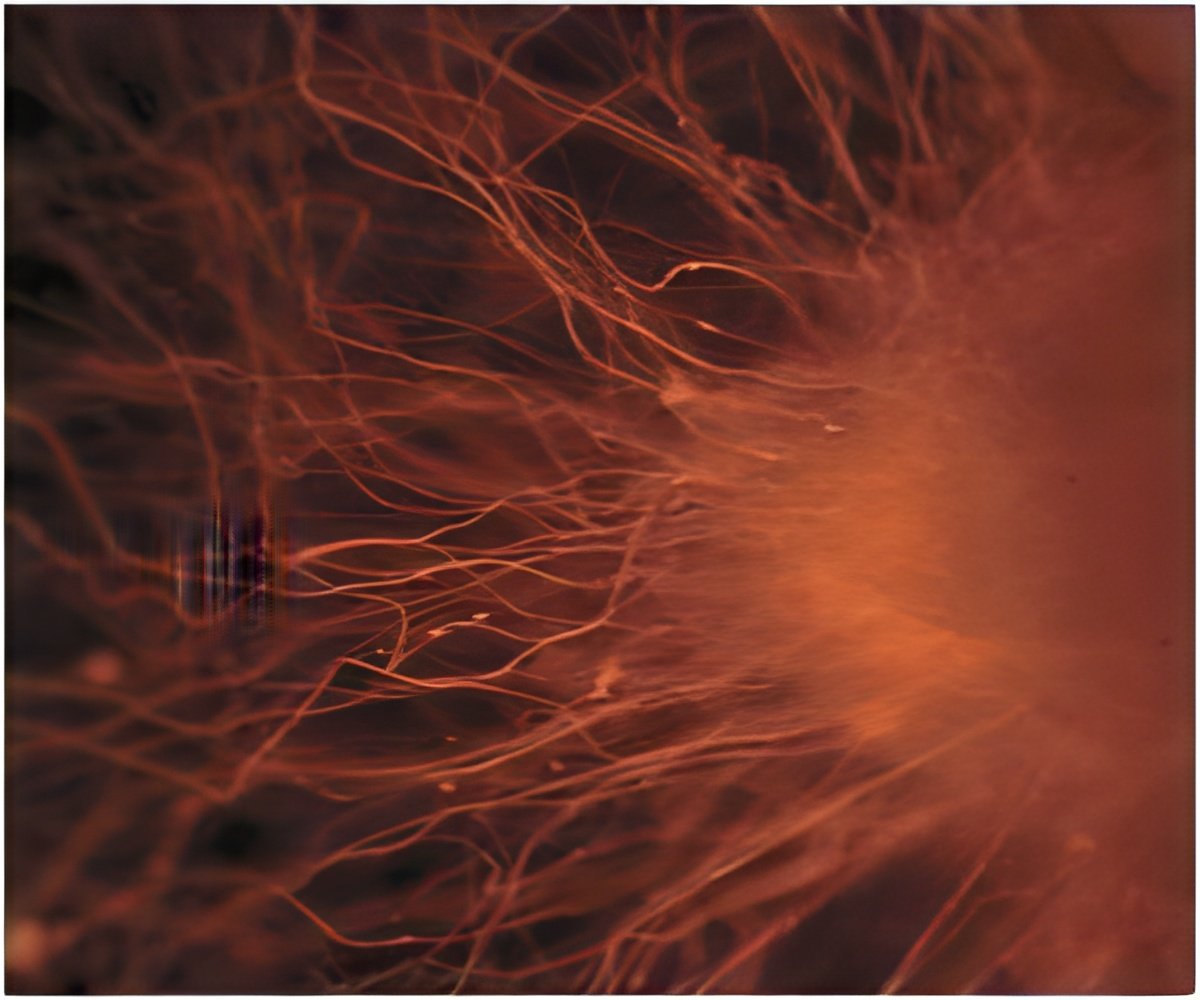
The authors found that the immune response induced in response to a peripheral viral infection can be "mis-recruited" to the brain, where these activated immune cells can then lead to inflammation-induced neuropathology and disease. While "mis-recruitment" has been observed in other mouse models, this is the first study to show that this phenomenon can have pathogenic consequences.
The novel model used two, tissue-restricted infections: lymphocytic choriomeningitis virus (LCMV), which, when injected intraperitoneally, is restricted to peripheral tissues such as the liver, spleen and kidney, and measles virus (MV), which is limited to CNS neurons. While infection with either virus alone resulted in no mortality, co-infection caused CNS symptoms in all mice, and death in approximately half. The authors show that this was due to migration of peripherally activated LCMV-specific T cells into the CNS, where they triggered edema leading to brain herniation, despite the apparent absence of LCMV antigens within the affected brain.
While the broader implications of this study await further investigation, this is a proof of principle study that addresses a key question: can a pathogen cause disease "at a distance"? Typically, we envision that diseases are manifested where infectious pathogens replicate: influenza causes respiratory infection because this is the primary site of replication. In contrast, this study suggests that infection can activate immune responses that can be deleterious in tissues that are not directly infected by the initiating pathogen. This may be of broader relevance to human CNS diseases of unknown etiology, including multiple sclerosis and amyotrophic lateral sclerosis.
The authors of this study point out, however, that "while making direct connections between this model system and human diseases would be premature, a similar phenomenon could account for both the reported increase in inflammatory cells found in the brain of patients, as well as the lack of consistent and convincing presence of any specific pathogen in the brains of affected individuals."
Advertisement








